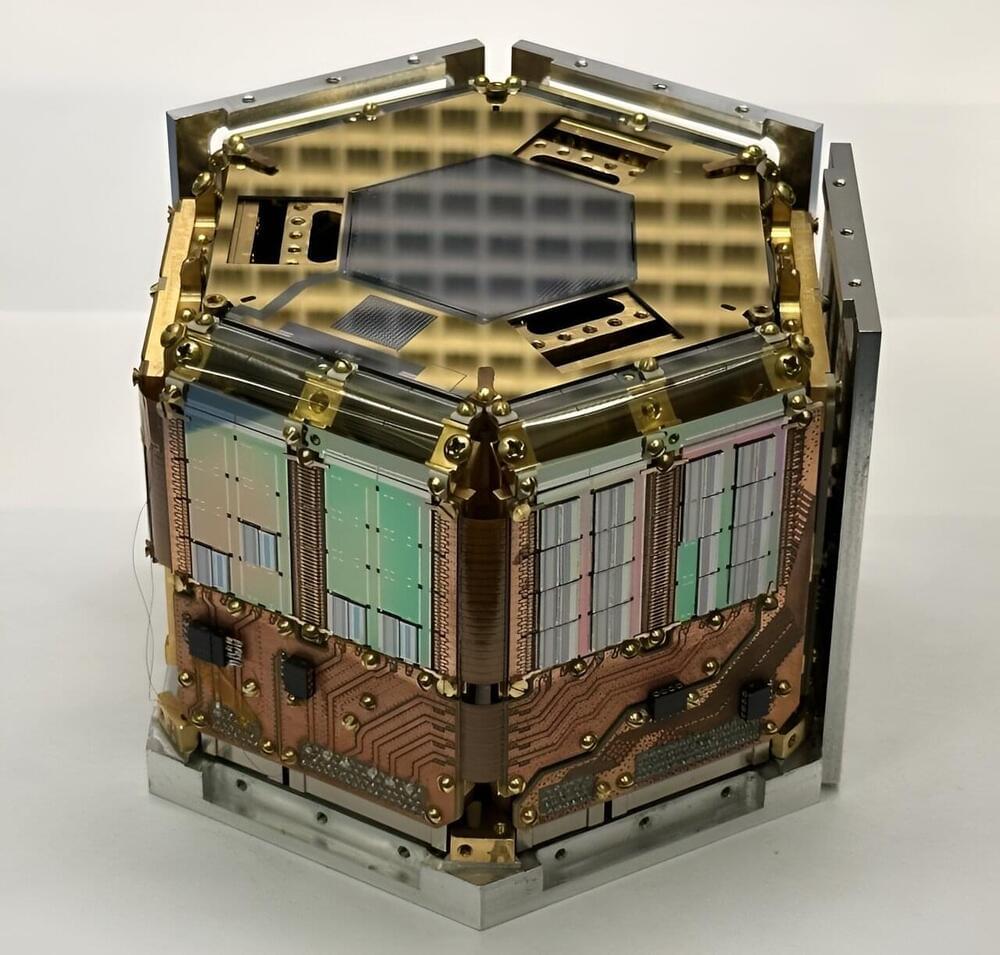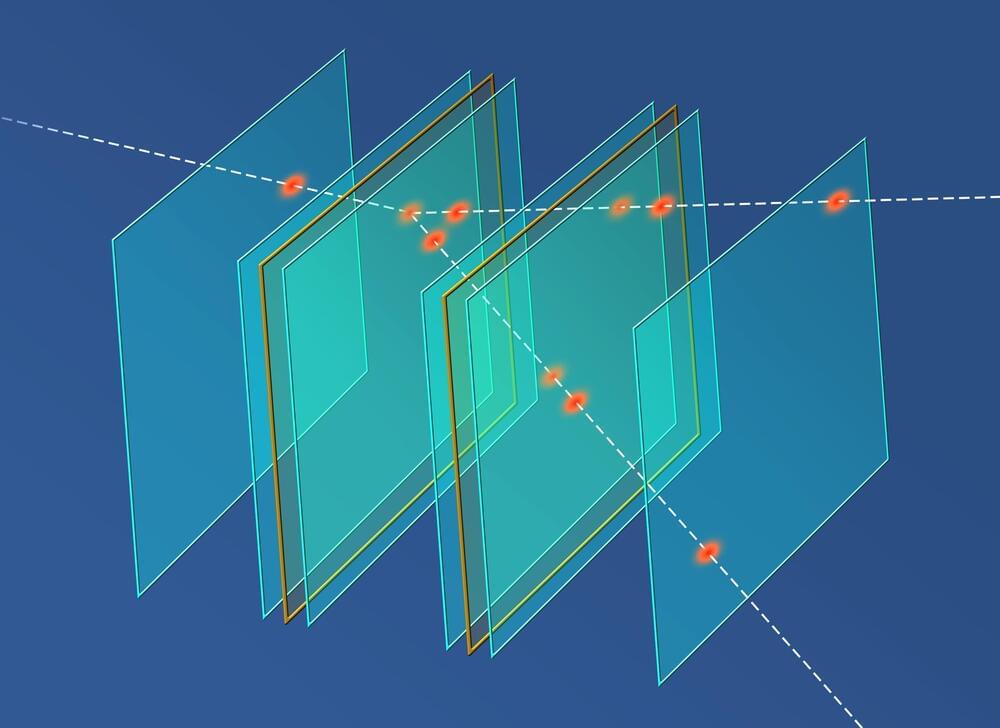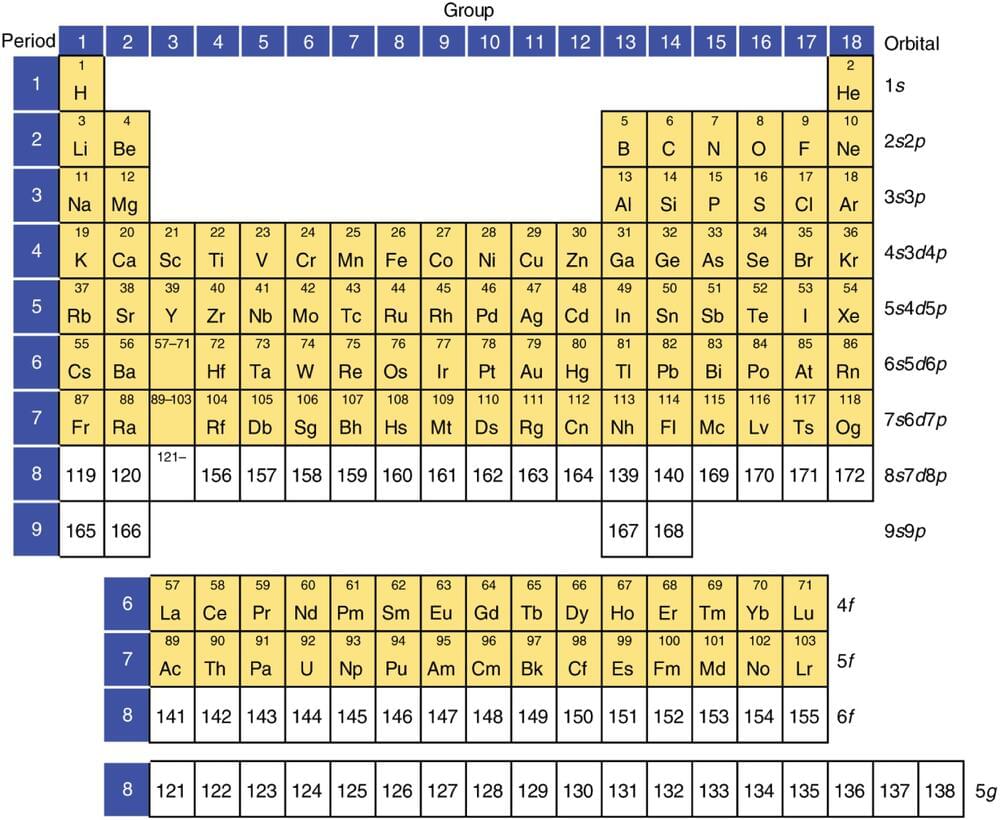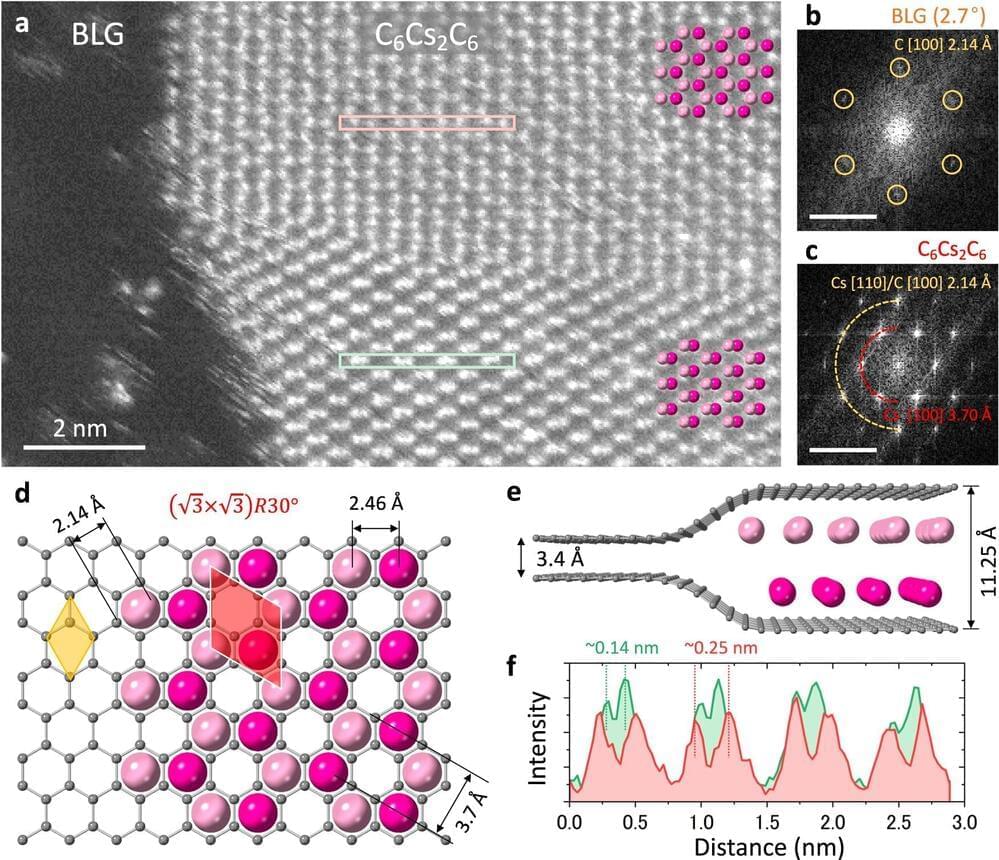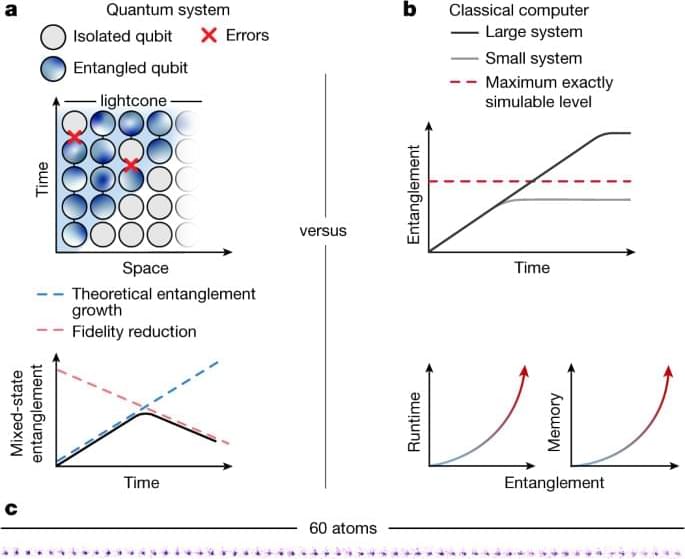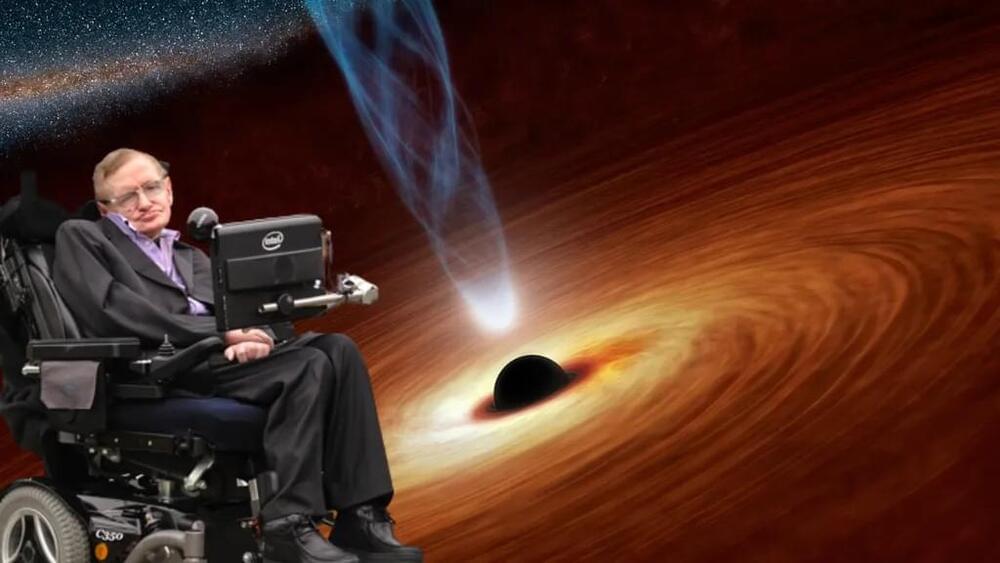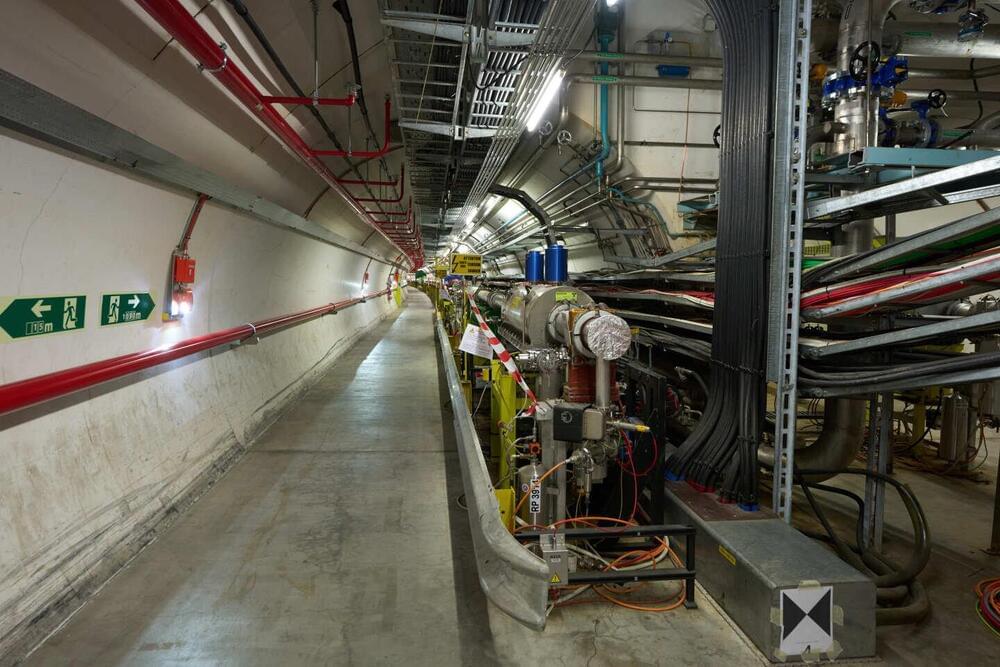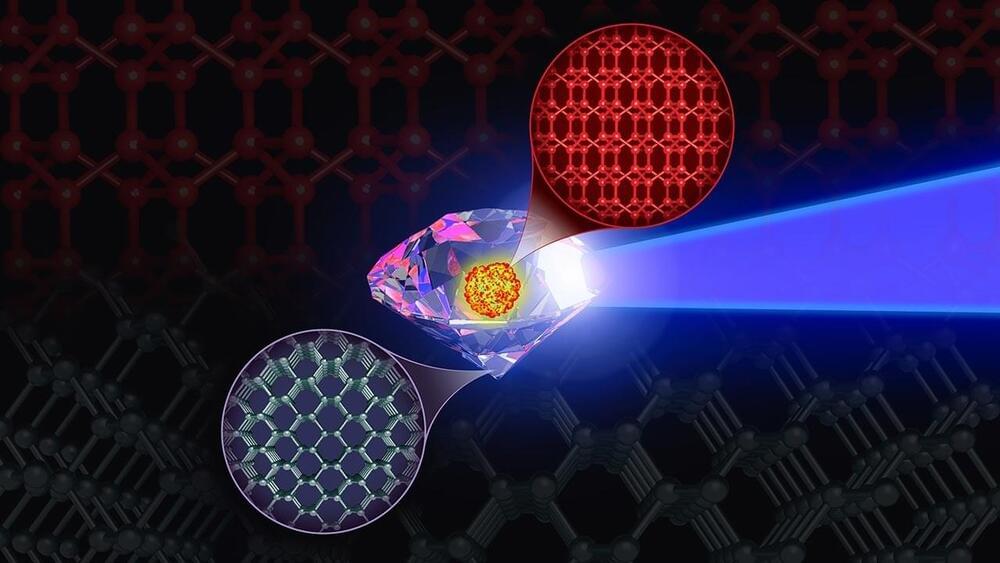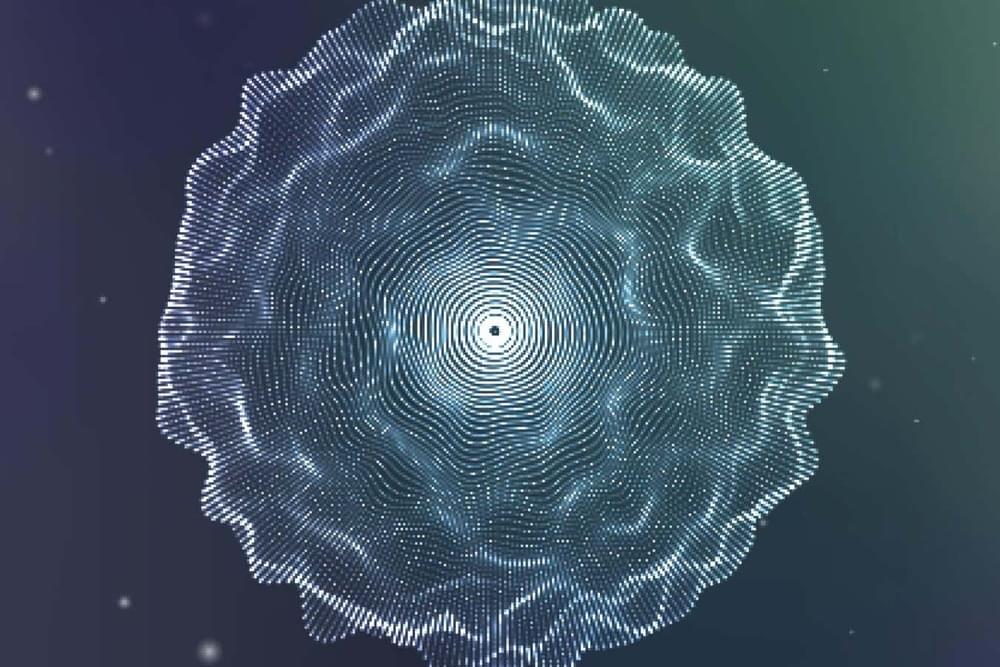Researchers are on a quest to synthesize BC8, a carbon structure predicted to be tougher than diamond, using insights from advanced simulations and experimental efforts. This material, theoretically prevalent in the extreme pressures of exoplanets, remains a scientific mystery with promising applications in materials science.
Diamond is the strongest material known. However, another form of carbon has been predicted to be even tougher than diamond. The challenge is how to create it on Earth.
The eight-atom body-centered cubic (BC8) crystal is a distinct carbon phase: not diamond, but very similar. BC8 is predicted to be a stronger material, exhibiting a 30% greater resistance to compression than diamond. It is believed to be found in the center of carbon-rich exoplanets. If BC8 could be recovered under ambient conditions, it could be classified as a super-diamond.
